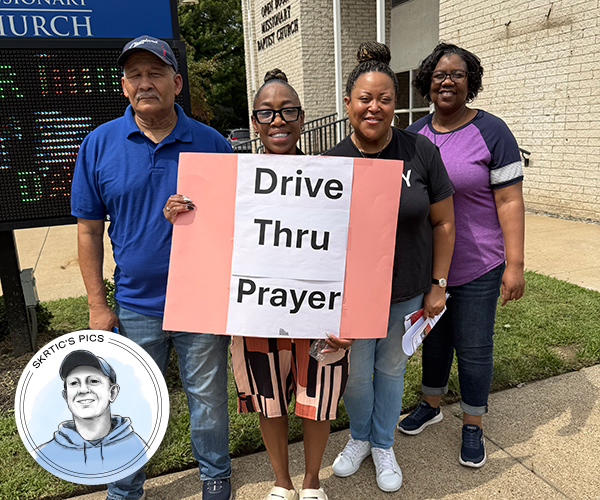It's never been clearer to me that the historic division between Cleveland's East and West sides has caused the destruction of the city's urban core. And yet, never has the lingering emphasis on this division been more insignificant. Today, we are in the throes of a different, albeit equally dangerous, form of parochialism, and anyone still trapped in outmoded thinking such as the East Side-West Side divide is foolish.
East vs. West was (and sometimes still is) the polite way of referring to the predominantly white part of town (West) vs. the predominantly black part of town (East). If the East-West divide is responsible for the city's urban decay, then race and racism are responsible as well.
When I attended John Marshall High School in 1986, I was among the thousands of black students bused from the East Side to the West Side to attend school with my white counterparts. However, upon entering my first homeroom assignment as a high-school sophomore, I discovered that more than 75 percent of my classmates were other black students who lived on the East Side. Most white students had transferred to private schools or their families had packed up and moved to the suburbs.
On the city's East Side, white flight had been in effect long before the 1954 Supreme Court ruling that outlawed school segregation. Whites were leaving the city for greener grass in places such as Shaker Heights as early as the mid-1940s. In the 1960s, the Hough and Glenville riots saw another flood of white, middle-class East Siders leave the city. On the West Side, it was Judge Frank J. Battisti's 1976 busing ruling that opened the floodgates of white flight even wider.
So here we stand, more than 50 years after Brown vs. Board of Education, nearly four decades after the Hough and Glenville riots and nearly 30 years after Battisti's ruling. Cleveland's tax base has shrunk so much that our mayor has asked citizens to adopt a garbage can. Community centers annually stand at the brink of shuttering. The Cleveland Municipal School District has this year laid off more than 800 employees, while hundreds more city police and firefighters have also been let go.
And so, in 2004, the unmistakable truth is the East Side-West Side division that has undermined our thinking for so long is now unimportant. There is now a new division that exists. It is the central city vs. the outer-ring suburbs. For the past decade, I have lived mostly on Cleveland's near West Side. Today, I reside on the East Side. There are relatively minor differences between the two.
Namely, there are few places on either the East or West sides where one has access to basic amenities you'd find in a suburb. I am stunned by how far some folks must travel to get to a supermarket, bookstore or video-rental shop. In many instances, city residents spend their money at stores in the suburbs to the detriment of Cleveland's tax base.
I am also stunned by how many folks are barely surviving financially. To get a sense for the starkness of this reality, consider the fact that more than three-quarters of Cleveland Municipal School District children received free lunches because of poverty prior to the advent of the Universal Lunch Program.
And while younger, single, unmarried people are moving into and buying homes in gentrified neighborhoods such as Tremont and Ohio City, I've also noticed an interesting phenomenon. When these residents marry and have children, they either sell their properties and move to the suburbs or turn them into rental properties and move to the suburbs. The reason? They fear their children won't be adequately taught in the Cleveland Municipal School District.
Today, what matters is not the color of skin living on either side of the river. In what I can only describe as a bastardization of Dr. Martin Luther King's dream, little black boys and black girls and little white boys and white girls are going to school together and living beside one another. But what we are seeing is a form of poverty that stretches across the boundaries of east and west and pierces the masks of black and white.
What we are witnessing is a stripping of the very vitality of the central city that makes old East Side-West Side divisions seems silly. The true test of equality remains the same today as it did 50 years ago: the quality of education for our children. From where I have stood on both sides of the river, we are still failing the test.



